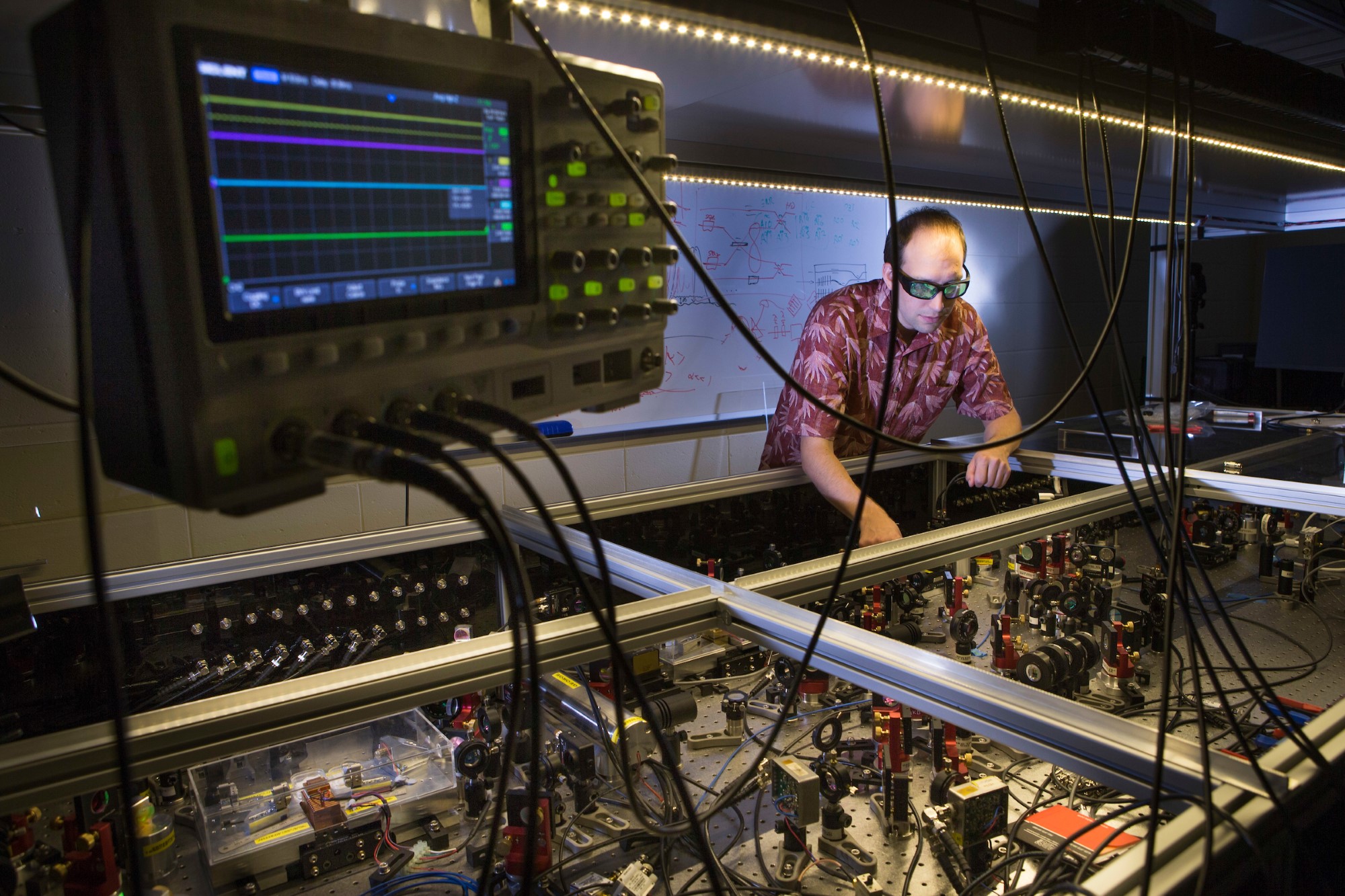
Research projects
Discover the forefront of astronomy and astrophysics through our projects, ranging from deep-space communication systems to groundbreaking adaptive optics. Explore our diverse, ongoing research initiatives shaping the future of space science.
Displaying 61 - 75 of 94 project(s).
In this project, the student would study both the spectral and structural properties of the thermal electron density and magnetic fields in the ionised gas phase of the Milky Way.
Theme
- Galactic archaeology
- Structure and evolution of the Cosmos
In this project, the student would study both the spectral and structural properties of the thermal electron density and magnetic fields in the ionised gas phase of the Milky Way.
Theme
- Galactic archaeology
- Structure and evolution of the Cosmos
In this project, we have worked on developing and comparing empirical pressure-temperature (P-T) phase diagrams of water, Earth, and terrestrial life, to quantify the terrestrial limits on the habitability of water and help identify the factors that cause some terrestrial water to be uninhabited.
Theme
- Stellar and planetary astronomy
In this project, we have worked on developing and comparing empirical pressure-temperature (P-T) phase diagrams of water, Earth, and terrestrial life, to quantify the terrestrial limits on the habitability of water and help identify the factors that cause some terrestrial water to be uninhabited.
Theme
- Stellar and planetary astronomy
In this project we will be able to investigate the environmental effect on star formation and galaxy evolution in individual galaxies falling into the cluster through radio observations of active galactic nuclei (AGN).
Theme
- Black hole phenomena
- Structure and evolution of the Cosmos
This project will study red spirals in detail, and aim to understand what levels of star formation persist and for how long. We will use optical and infrared data to measure current rates of star formation and find out what we have been missing due to dust extinction.
Theme
- Structure and evolution of the Cosmos
Our team is looking for enthusiastic Honours, Masters and PhD students with a strong background in Maths, Physics, or Computer Science who want to work on some of the most important questions currently discussed in near-field cosmology community.
Theme
- Galactic archaeology
- Structure and evolution of the Cosmos
This project is intended to search for the magnetic field signature of the Magellanic halo.
Theme
- Structure and evolution of the Cosmos
Student intake
Open for Bachelor, Honours, PhD students
People
- Professor Naomi McClure-Griffiths, Supervisor
This project will build on work within the Dark-ages, Reionization And Galaxy-formation Observables Numerical Simulation project (DRAGONS).
Theme
- Structure and evolution of the Cosmos
Student intake
Open for Bachelor, Honours, PhD students
People
- Dr Yuxiang Qin, Supervisor
- Professor Stuart Wyithe, Supervisor
This project will build on work within the Dark-ages, Reionization And Galaxy-formation Observables Numerical Simulation project (DRAGONS).
Theme
- Structure and evolution of the Cosmos
Student intake
Open for Bachelor, Honours, PhD students
People
- Dr Yuxiang Qin, Supervisor
- Professor Stuart Wyithe, Supervisor
Star Clusters as Engines of Ionisation and their HII Regions in NGC 7793
Theme
- Structure and evolution of the Cosmos
We aim to build an innovative framework to leverage future 21-cm experiments to observe cosmic dawn, and to forecast the optimal constraints on dark matter.
Theme
- Structure and evolution of the Cosmos
You will use new data from the Australian SKA Pathfinder survey, GASKAP-HI to help take the temperature of the Milky Way and Magellanic Clouds. PhD & Masters students on this project will have the opportunity to be among the first users of ASKAP.
Theme
- Galactic archaeology
- Structure and evolution of the Cosmos
Student intake
Open for Bachelor, Honours, PhD students
People
- Professor Naomi McClure-Griffiths, Supervisor
The effective temperature is one of the most fundamental parameters of a star, and its precise determination is crucial for a number of purposes, e.g., from measuring chemical abundances and ages, to improving stellar and atmosphere models.
Theme
- Galactic archaeology
- Stellar and planetary astronomy
